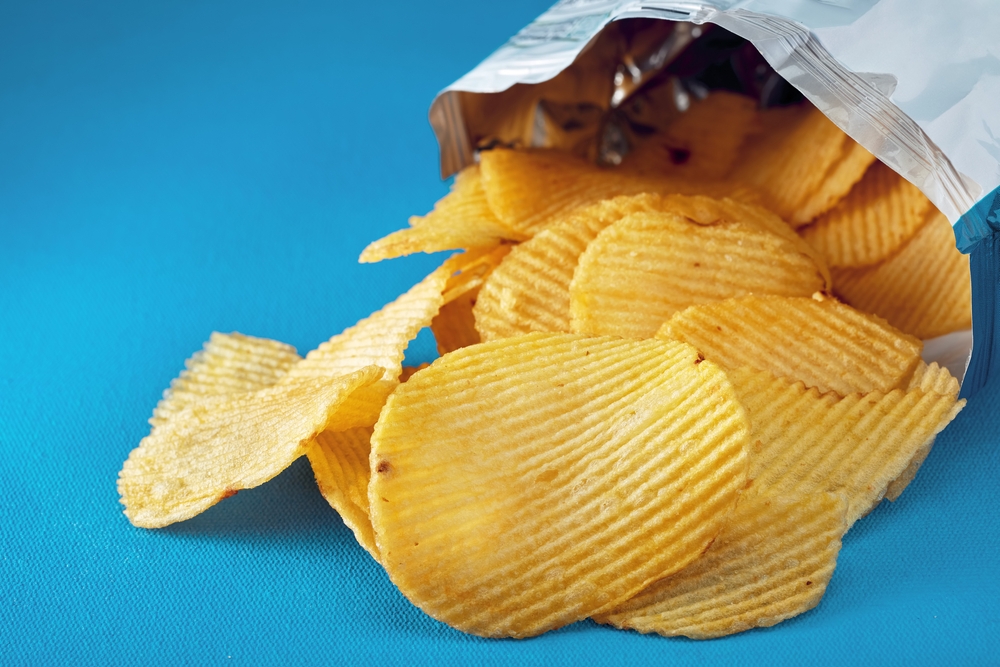
Posted on July 07, 2022
The intense urge to eat a particular food can feel like a force beyond our control, a need that must be satisfied right away. Craving is a kind of compulsion that goes beyond simple longing for something like an ice cream cone on a hot July day. Because cravings can be uncomfortable and potentially harmful, it’s worth understanding and learning to manage them.
Cravings are nothing new. Long ago, they led our primitive ancestors to foods that would keep them alive. Later, sailors without access to fresh foods craved citrus fruit, which would save them from dying of scurvy due to vitamin C deficiency. These cravings were helpful signals of a bodily need. But that has changed.
Early in the 20th century, the southern US experienced an epidemic of pellagra, a potentially deadly disease linked to a deficiency of vitamin B3 (niacin). Our solution to pellagra was to “enrich” our white flour not only with niacin but also with thiamin, riboflavin and iron. This solved the pellagra problem and encouraged us to continue tinkering with our food supply. Over the years, we added ingredients to food to reduce sugar, calories, fat and carbohydrates, which were all, at various times, thought to be bad for us. Foods became less natural, more processed. And this, according to The End of Craving by Mark Schatzker, is when cravings went from a helpful signal to a problem in our country.
The problem is that today’s highly processed foods mess with our brains. Harvard’s T. H. Chan School of Public Health points out that certain foods interfere with how our brains interpret the hormonal signals we receive when eating. “Hyperpalatable” foods – so called for their ease of digestion and qualities of sweetness (real or artificial), saltiness, or richness – are particularly apt to do this. When we eat these foods, we may feel an urge to eat more despite not being hungry. Schatzker prefers to call these foods “hypercraveable” because the urge to eat them persists even when they deliver little pleasure. Welcome to our contemporary version of craving. Our conquest of pellagra, as it turned out, set our country on a path to today’s epidemic of obesity and chronic disease.
Northern Italy took a different approach to pellagra, as Schatzker relates. Rather than re-engineer the food supply, the northern Italians kept it natural, encouraging the consumption of bread, rabbit and wine. It took them somewhat longer to stamp out pellagra, but today they are thin despite eating foods rich in fat and carbohydrates. And, importantly, they enjoy their food instead of fearing what it will do to them.
But we are here, not there, so how can we keep cravings at bay? In the moment, we can practice “Urge Surfing.” This mindfulness technique treats craving like any other thought that comes and goes naturally if allowed to. Like an ocean wave, our urge to eat a particular food will rise until it crests, then begin to subside. As we take time to notice our moment-to-moment experience, we can see whether our craving is signaling hunger or some other need. If we don’t fuel our urges by giving in to them or trying to resist or suppress them, we will see them change in intensity and then pass. Experiencing urges in this new way can make them seem, well, less urgent.
Eating fewer processed foods will help reduce our vulnerability to cravings. If this is new, it may not be easy and will take patience. Steer toward food found in nature and away from the “food products” that fill our grocery store shelves. Beware of long ingredient lists.
As always, I recommend taking one small step at a time, instead of attempting to transform your diet all at once. Here are some suggestions:
• Make changes in your eating environment to give yourself a head start.
• Transition from refined grains to whole grains.
• Eat plain yogurt with fresh or frozen fruit instead of flavored yogurt.
• Drink plenty of water.
• Eliminate artificial sweeteners and foods and beverages containing them.
• Eat lots of leafy greens, swapping out bottled salad dressings for simple vinaigrettes with olive or canola oil and an acid like red or white wine vinegar, balsamic vinegar or lemon juice.
• Let peanuts be peanuts by avoiding peanut butter with added sugar and salt.
These are just a few of many ways that simple dietary changes can put you on a path toward fewer cravings. And this, in turn, can lead to better health and true enjoyment of the food you eat.